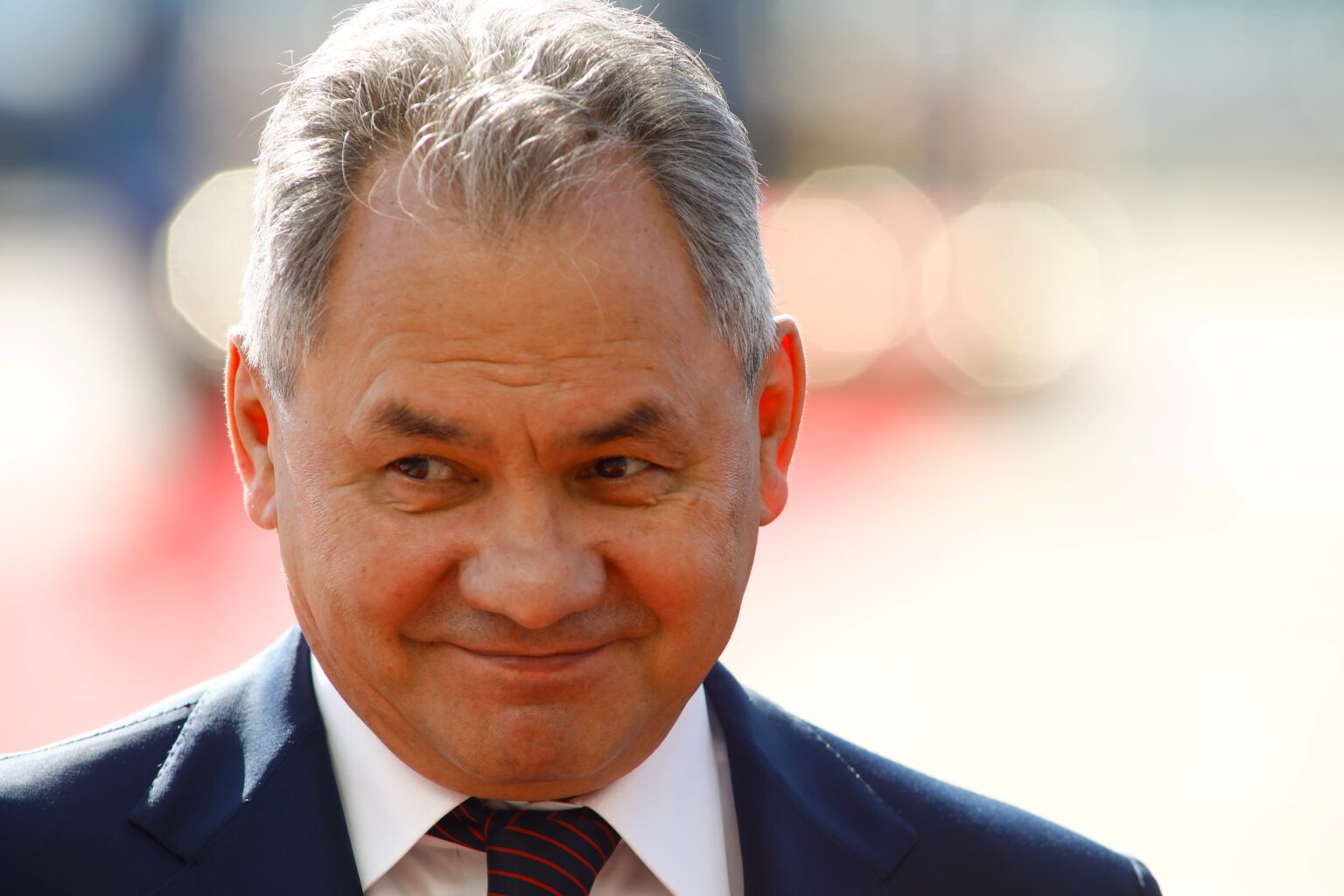North Korea will dispatch 1,000 military deminers and 5,000 construction troops to Russia’s war-damaged Kursk region, Russian Security Council Secretary Sergei Shoigu said during a visit to Pyongyang on Tuesday. He framed the deployment as “brotherly aid” aimed at clearing unexploded ordnance, restoring rail links and repairing housing battered by Ukrainian strikes.
Sending workers abroad is not new for Pyongyang. Until U.N. bans took effect in 2020, tens of thousands of North Korean welders and carpenters earned foreign currency in Russia and the Gulf. Rights groups say up to 90 percent of wages went to the state, yet a guaranteed rice ration still draws volunteers. The Kursk mission revives a revenue stream the regime has struggled to replace.
The mission is the first openly announced non-combat task for the estimated 15,000 North Korean soldiers whom South Korean and U.S. analysts believe have rotated through eastern Russia since late 2024. By handing pickaxes rather than rifles to the new arrivals, Moscow can reassign its own engineers to the front while Pyongyang gains hard currency and fuel that remain scarce under U.N. sanctions.
Shoigu And Kim Tighten A Wartime Bond
Shoigu met Kim Jong Un, delivering a letter from President Vladimir Putin and reviewing missiles emblazoned with both nations’ flags. Kim reportedly reaffirmed his “unconditional support” for Moscow’s campaign in Ukraine and approved joint memorials for North Korean troops killed on Russian soil.
Kremlin-released images showed the pair beneath a mural of a rocket launch—visual theatre underscoring mutual benefits. Putin secures manpower as sanctions bite, while Kim gains international relevance and potential access to advanced military know-how.
Treaty-Backed Cooperation Expands
The treaty’s Article 4 vows that each side will provide “military and other assistance by all means” if the other is attacked—language security scholars say echoes NATO’s Article 5. That expansive pledge underwrites ventures from joint naval drills in the Sea of Japan to the new reconstruction corps.
Evidence of the treaty in action is mounting. Ukraine has recovered North Korean shells fired from Russian positions, and Kyiv says some were operated directly by North Koreans. South Korea’s spy agency estimates about 600 North Korean casualties, though neither capital confirms figures. Analysts say the labor mission signals confidence that Moscow will hold and rebuild occupied territory.
Western Warnings Over Technology Transfers
The United States, South Korea and Japan warn the partnership could accelerate North Korea’s nuclear and satellite programs. U.S. officials allege Russia already supplies reconnaissance drones and air-defense electronics in exchange for artillery rounds. U.N. monitors warn bulldozers can be converted into frontline fortifications.
Seoul’s Unification Ministry called the deployment a sanctions breach, while Tokyo labelled it a “grave challenge” to regional stability. Yet Shoigu hinted at future joint projects in space launch vehicles and electronic warfare, raising the prospect of Pyongyang orbiting its first operational military satellite within months.
Whether the Kursk project unfolds fully or serves mainly as propaganda, it highlights a fast-deepening alliance shaped by wartime necessity and mutual isolation. As Russia digs in for a prolonged conflict and North Korea hunts for technological shortcuts, the two sanctioned states appear ready to test the limits of international pressure—brick by brick and mine by mine.



